| Size | |
|---|---|
| Common Name | |
| Type | |
| Family | |
| Native? | |
| Zone | 4, 5, 5b, 6, 7, 8, 8b, 9 |
| Height Range (ft.) | 10 to 15 |
| Spread (ft.) | 3.00 to 5.00 |
| Bloom Time | |
| Bloom Description | Orange, Red, Trumpet Shaped, tubular flowers, yellow center |
| Sun | |
| Water | |
| Maintenance | |
| Suggested Use | arbors, fences, Ground Cover, naturalized areas, Trellises, wildlife gardens |
| Tolerate | |
| Growth Rate | |
| Attracts |
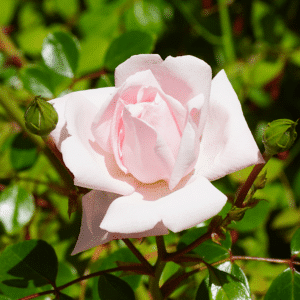
Lonicera sempervirens is a native honeysuckle vine with bright tubular blooms that attract hummingbirds, ideal for trellises, fences, and wildlife gardens.
$22.99
Please note: Sizes 1.5 Gallon and up can’t be shipped outside the counties of Nassau, Suffolk, Brooklyn, and Queens.
Learn more about how the process works and how our plants are delivered.
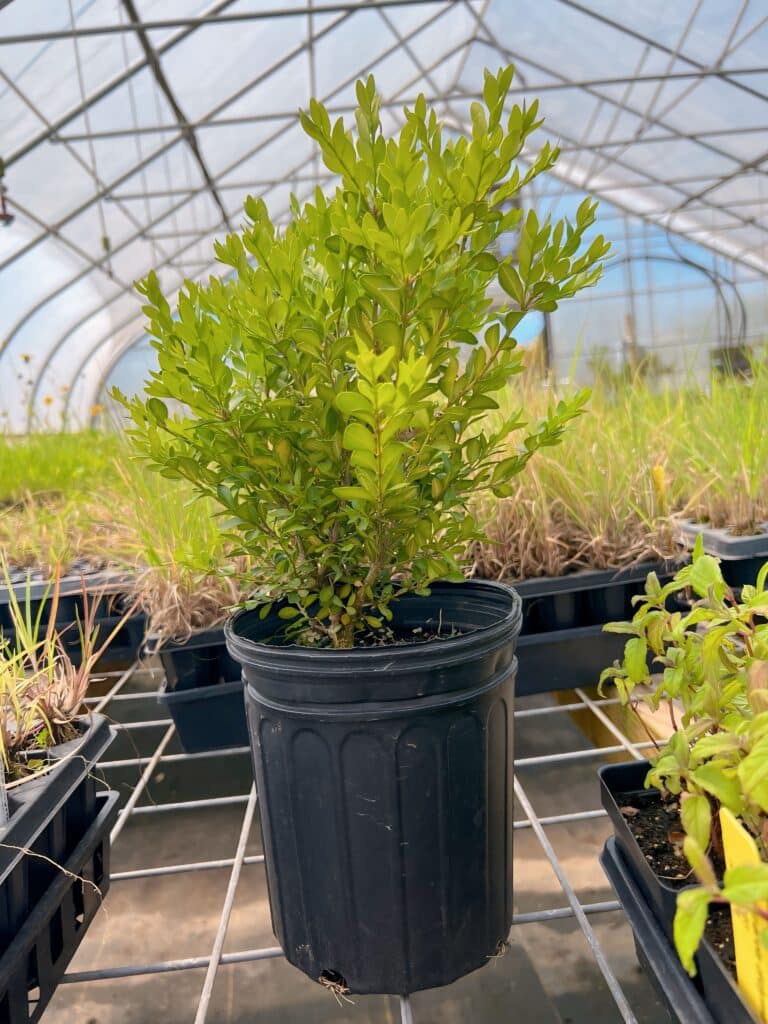
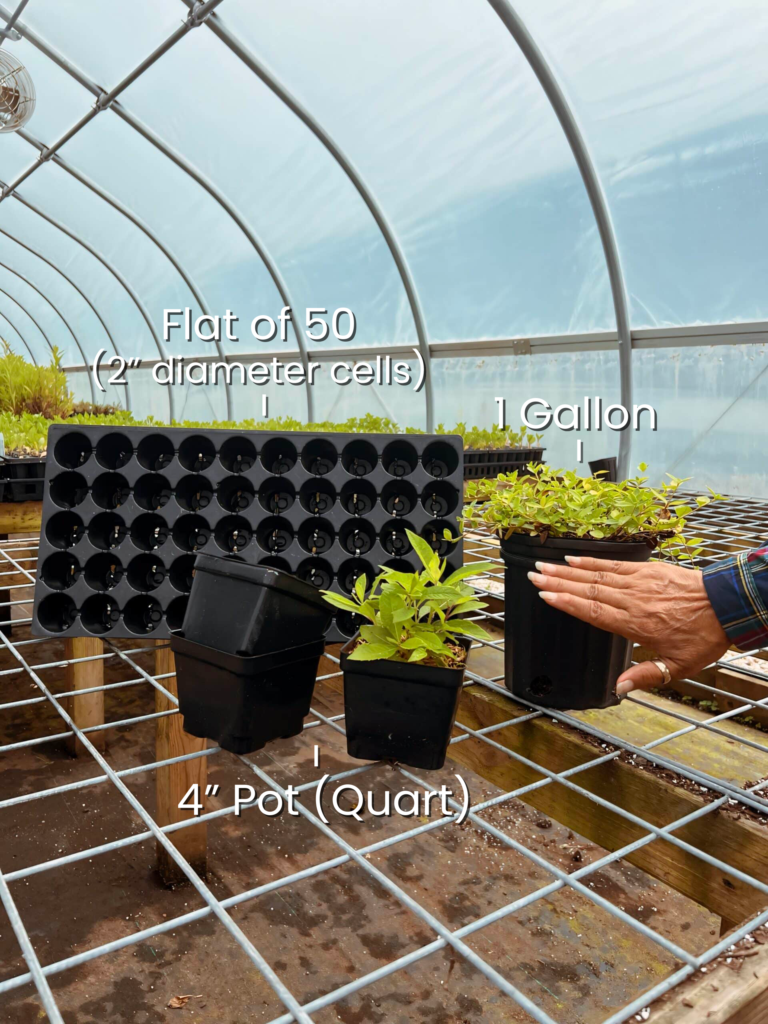

| Size | |
|---|---|
| Common Name | |
| Type | |
| Family | |
| Native? | |
| Zone | 4, 5, 5b, 6, 7, 8, 8b, 9 |
| Height Range (ft.) | 10 to 15 |
| Spread (ft.) | 3.00 to 5.00 |
| Bloom Time | |
| Bloom Description | Orange, Red, Trumpet Shaped, tubular flowers, yellow center |
| Sun | |
| Water | |
| Maintenance | |
| Suggested Use | arbors, fences, Ground Cover, naturalized areas, Trellises, wildlife gardens |
| Tolerate | |
| Growth Rate | |
| Attracts |
Lonicera sempervirens, commonly known as Honeysuckle, is a native, twining deciduous vine celebrated for its tubular, coral to reddish-orange flowers that attract hummingbirds and bloom profusely from late spring through summer. This fast-growing vine typically reaches 10 to 20 feet long and climbs by twining around arbors, trellises, fences, or other supports. Unlike invasive honeysuckle species, Lonicera sempervirens is well-behaved in gardens and valued for its ornamental blooms, blue-green foliage, and small red berries that attract songbirds in late summer and fall.
Hummingbird magnet: Tubular flowers are a key nectar source
Native species: Non-invasive and ecologically beneficial
Seasonal color: Blooms in spring and summer, with berries in fall
Sun exposure: Full sun for best flowering; tolerates light shade
Soil needs: Adaptable to most well-drained soils
Maintenance: Low—prune after flowering to shape or control size
Trellises and arbors: Climbs naturally and blooms beautifully overhead
Fences and railings: Covers vertical spaces with color and movement
Wildlife gardens: Provides food and shelter for birds and pollinators
Pollinator support: Attracts hummingbirds, butterflies, and native bees
Bird habitat: Berries are a food source for birds in late summer
Erosion control: Works well along fences or slopes where vines can anchor
/5
Total reviews
|
|
Persons recommended this product
Anonymous
Shopper
check_circle Verified
Shop owner replied
Was this helpful
Anonymous
Shopper
check_circle Verified
Shop owner replied
Was this helpful
Your feedback helps us improve our service.
There are no reviews yet.
Be the first to review “ ”
Please log in to submit a review.
Only logged in customers who have purchased this product may leave a review

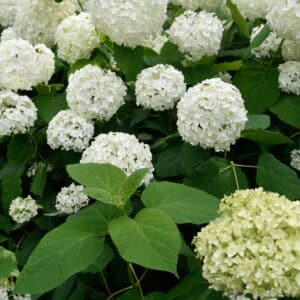
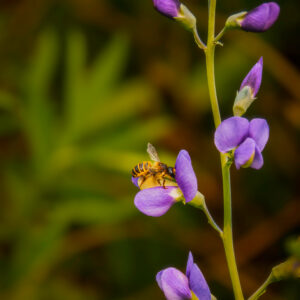
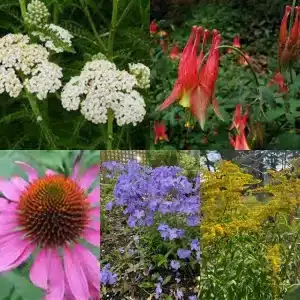
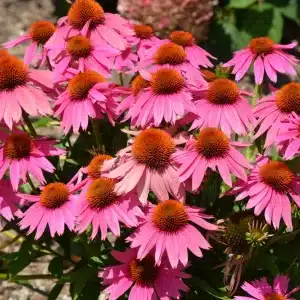
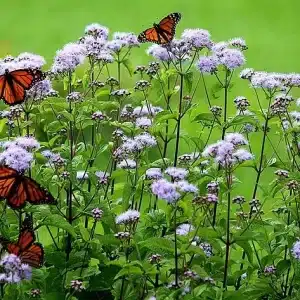
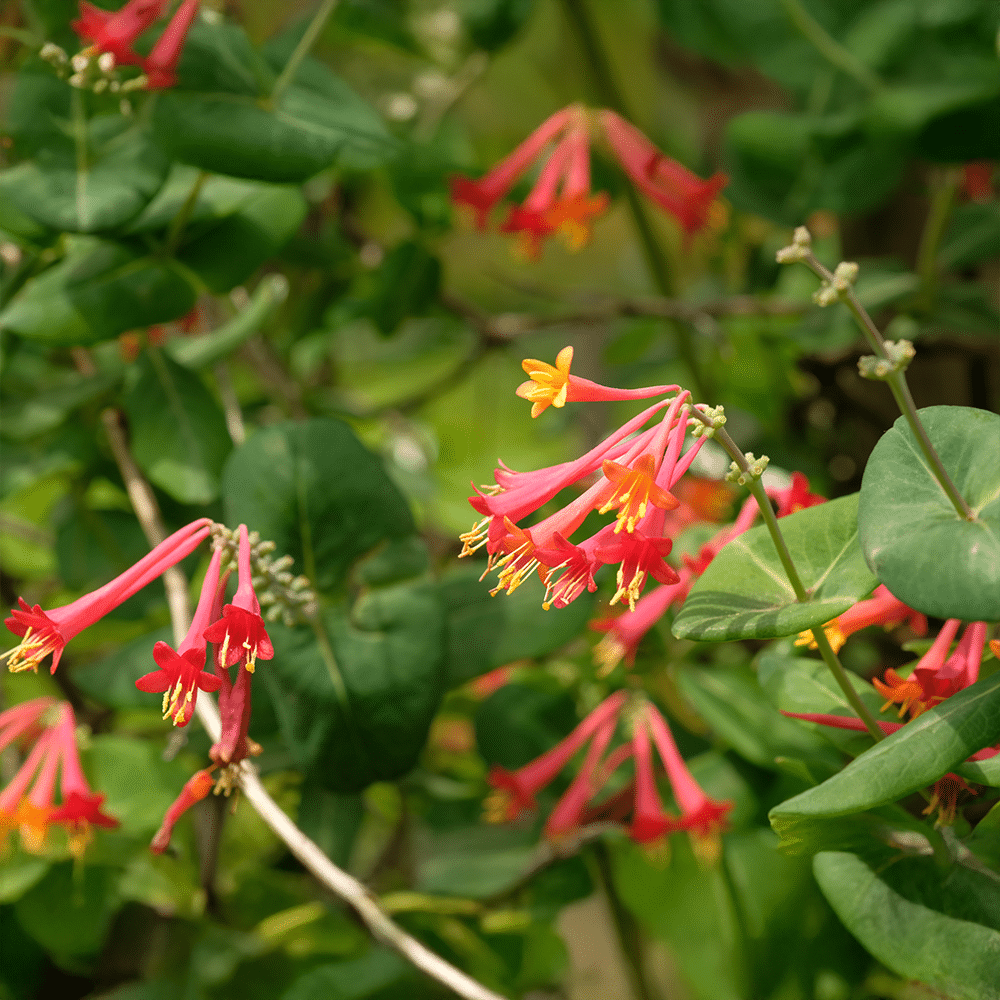
Trumpet Honeysuckle thrives in full sun but will tolerate light shade, though flowering may be reduced. It prefers well-draining soil and does best with moderate moisture and a bit of organic matter. Once established, it’s drought-tolerant and low-maintenance, making it great for trellises, arbors, and fences.
This twining vine can grow 10–20 feet long, depending on the structure and growing conditions. It climbs by twining around supports, making it perfect for vertical accents, but it can also sprawl or be pruned into a shrubby form if desired.
Lonicera sempervirens blooms from late spring through summer and can rebloom into early fall. It produces clusters of bright coral-red to orange tubular flowers with yellow interiors, attracting a wide variety of pollinators throughout the growing season.
Yes—this native honeysuckle is a magnet for hummingbirds, butterflies, and native bees. After flowering, it produces small red berries that are relished by songbirds, making it a top choice for wildlife-friendly gardens.
No—Lonicera sempervirens is a non-invasive native vine. It should not be confused with invasive Asian honeysuckles (like Lonicera japonica). It spreads modestly and can be easily managed with occasional pruning.
Our gift cards make it easy to share the beauty of plants, flowers, and all things green. Whether for a special occasion or just because, give the gift of choice and let them select their favorites to create a garden they’ll cherish.
BUYING HIGH QUALITY PLANTS HAS NEVER BEEN EASIER
Our plants are easy to order, plant, and enjoy! Bringing pollinators to your property improves vegetable yields – Feed the bees!
Sign up for our email list!
Copyright © 2025 Bumbee’s | Web design and SEO by Searles Graphics